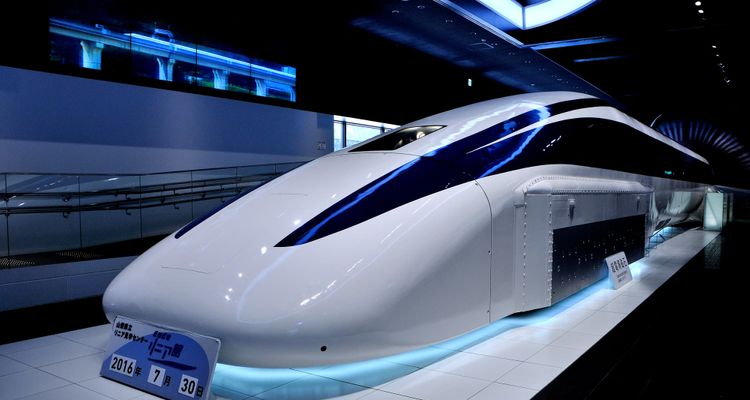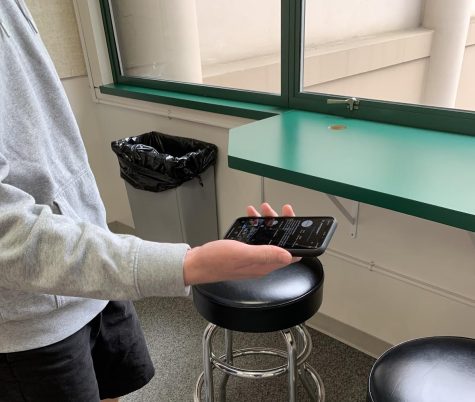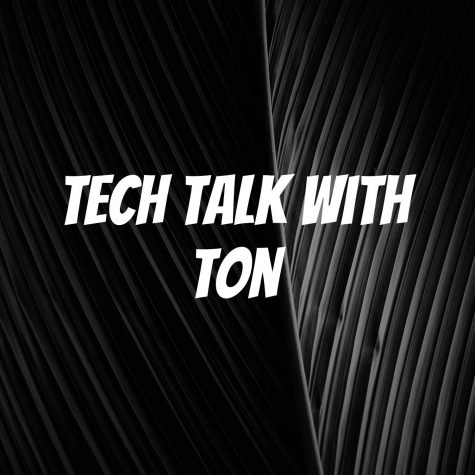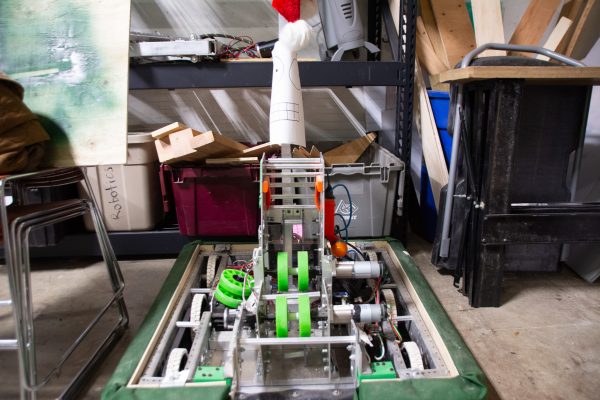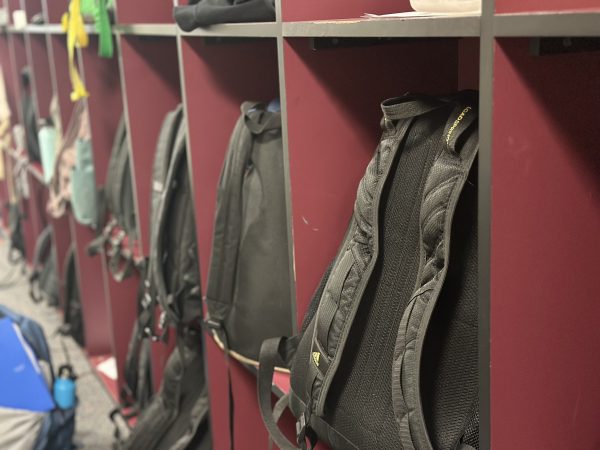Japan’s New Levitating Bullet Train
Levitating trains sound futuristic, but they may come sooner than you think. Japan is in the process of building the world’s fastest passenger train, a levitating bullet train. According to the B1M, it will levitate 10 centimeters above the ground by using superconducting magnets. It uses rubber wheels to get to 93 miles per hour, and then magnets kick in and the train is lifted off the ground. It is also completely autonomous, meaning there is no conductor. This makes accidents much less likely.
The concept of maglev, or magnetic levitation, only works on set tracks. This is because of magnets in the tracks that suspend and propel the train. Because of this, we may not be able to create maglev cars just yet. However, this new breakthrough may lead to an increase in trains worldwide.
Physics teacher Dan Calkins said, “I think what we are going to see here are maglev trains replacing short range aircrafts. It produces no carbon because it uses renewable electricity and will be faster than taking a short-distance flight.”
This train will be revolutionary. It will move at twice the speed of the old bullet trains, cutting journey times in half. It can do this because it has no wheels. Without the friction that comes with wheels, it can move at 311 mph! For reference, commercial passenger jets fly at a speed of about 460-575 mph. Including the time it takes to go to the airport, the train will be faster in many circumstances.
The levitating bullet train Japan is building started construction in 2014, and is expected to finish in 2027. It will be 90% underground, beneath the Southern Alps. This is because the trains go the fastest on a straight track, and they wanted to avoid Japan’s earthquake-prone coast. This tunnel and track adds up to a shocking 64 billion dollars.
The train does have a few downsides: because of the smaller carriages it won’t be able to hold as many people, it won’t run as often, and it will be more expensive to run once completed as it consumes more energy than regular high-speed trains.
Building maglev trains will be very expensive, however reducing travel times across America will benefit our economy, make it easier to travel, and connect our cities.
Biology teacher Kathryn Mahoney said, “We should invest in it [public transportation] because it helps the economy, allows people to get to and from work, and reduces wear and tear on roads.”
Correction: teacher Dan Calkins was incorrectly identified as Paul Caulkins. The Jesuit Chronicle regrets this error.




